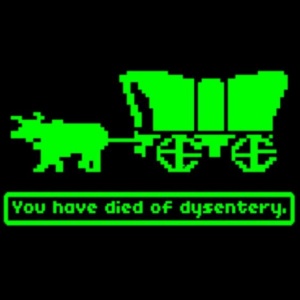These past couple of weeks have been an information overload. I have not been presented with this much new knowledge in a short period of time since college! The first week was the Assessment, Inventory and Monitoring (AIM) training in Prineville, Oregon. It was a busy few days learning the core methods of AIM and practicing them in the field. One of the first things we did was get some practice at texturing soils. I have very little experience with soils in my background, so this was truly foreign to me. After calibrating ourselves in the classroom we went to the field to dig soil pits, which are used to confirm or determine the ecological site in order to get an ecological site description (ESD). Never has digging in the dirt been so fun or educational! I find myself wanting to dig holes all over the place to see how the soils compare and practice my ribbon making skills. The other components of AIM were also new methods to add to my monitoring repertoire.
There were probably 40 or so people at the AIM training, mostly GBI crews from around Oregon. It was really fun getting to know other crews and being around other people who all share the same love for the outdoors. The majority of them were camping south of town while our crew stayed in a hotel. But one of the nights we went out to the campground and ended up doing an evening hike, it was a blast. Leaving Prineville after the training was almost sad. We had been there for 2 separate training weeks and had come to know the small town pretty well. We had been to the town hot spot Ochoco Brewing CO. enough times to have the servers know us.
It wasn’t sad to leave the other crews when Prineville was over because almost all of them were headed to Reno Nevada the following week! A short weekend was followed by a looong 13 hour drive Monday. This training, Interpreting Indicators of Rangeland Health, was based out of a casino hotel, The Nugget. What a place. The huge lobby stretched around the building and was filled with gambling games, slot machines, card tables, and bar tops. The whole building was like a labyrinth that was designed to keep you from leaving. It was surprisingly difficult to find your way around at first or even get out, well played Nugget. This training focused on the 17 IRH. While the AIM training focused on more quantitative methods of collecting data this was more qualitative. Making a judgement from a mostly visual standpoint. Reading the landscape and understanding its natural processes. I found myself having difficulty grasping certain concepts and understanding some of the landscape terminology being used. Practicing in the field helped and I do feel more competent on the subject, but I think the key with this one is experience. Working in the field over a long period of time, understanding the landscape components, seeing it change, and knowing how each indicator fits within and with each other.
Over the course of those two weeks many new friendships were made and fun experiences shared. It was nice to finally head home, but sad to leave at the same time. While I knew that I would be leaving each training with new knowledge and understanding, I hadn’t expected to leave with so many new connections from around the region! 🙂
-Katherine



































